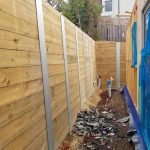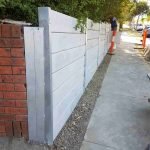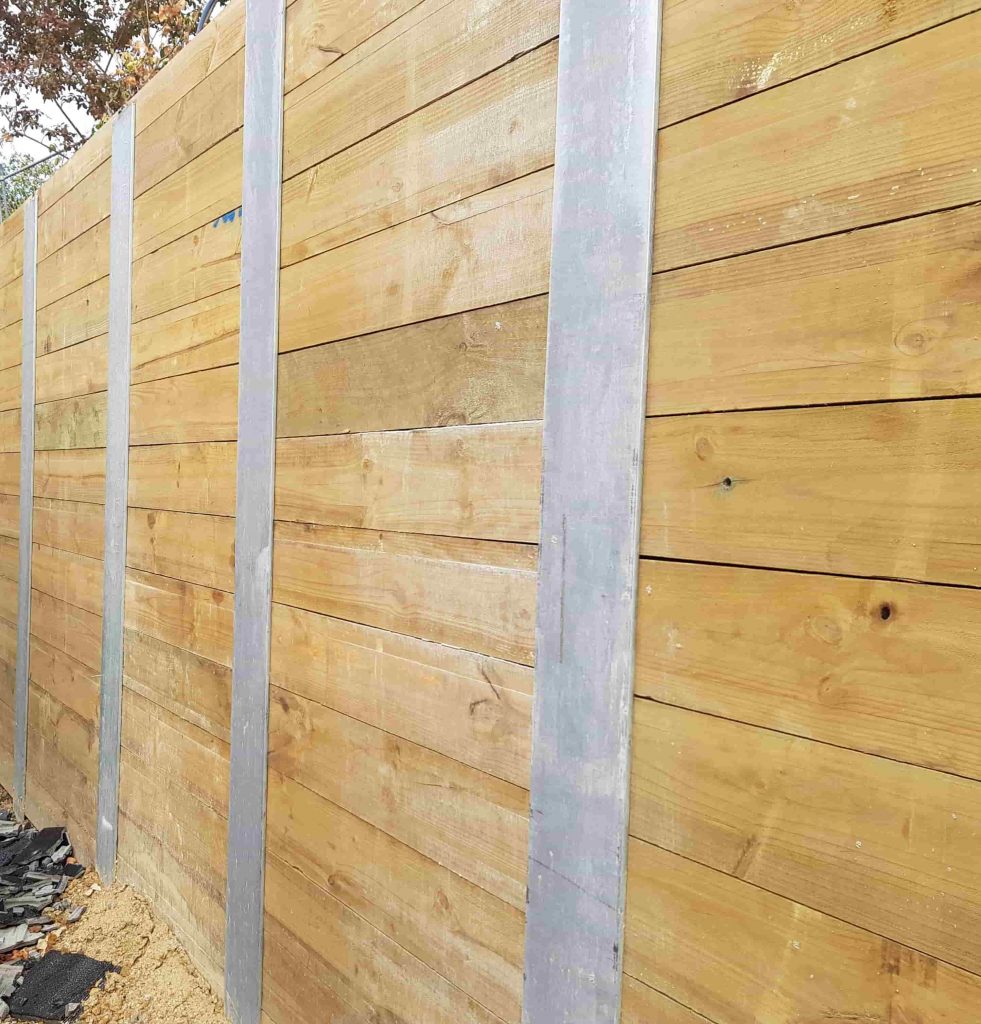Introduction
When it comes to landscaping, among the most essential functions you might think about is a retaining wall. These structures not only serve a functional purpose but also boost the aesthetic appeal of your home. Retaining walls can avoid soil disintegration, handle water drain, and create flat locations in sloped gardens. However when it's time to set up one, you may question whether to take on the task yourself or hire a professional maintaining wall installer.
The choice in between do it yourself and hiring a retaining wall contractor can be daunting. This short article breaks down the DIY vs. Specialist Retaining Wall Setup: Pros and Cons to assist you make an informed decision. We will check out numerous aspects, including expenses, products, skills needed, and much more. So grab a cup of coffee as we look into this critical topic.
DIY vs. Expert Retaining Wall Installation: Pros and Cons
Understanding Retaining Walls
What Is a Maintaining Wall?
A maintaining wall is a structure designed to hold back soil or rock from a structure or area. They are available in various materials such as concrete sleeper blocks, wood sleeper panels, H beams, and stone masonry.
Why Are Keeping Walls Important?
Retaining walls serve multiple functions:
- They help handle water flow. They avoid soil erosion. They produce functional land in sloped areas.
Types of Retaining Walls
Concrete Sleeper Walls
Concrete sleeper walls are popular for their durability and strength. They are often used in commercial projects due to their capability to endure heavy loads.
H Beam Walls
H beam walls use steel beams that supply exceptional assistance for bigger structures and are typically utilized in industrial applications.
Wood Sleeper Walls
Wood sleeper walls use an aesthetic appeal that mixes well with natural landscapes however might not last as long as concrete options.
Timber Sleeper Walls
Timber sleeper walls are another attractive option but require routine upkeep to ensure longevity against rot and pests.
Materials Utilized for Retaining Walls
Stone
Stone is a timeless material that adds beauty but can be http://griffinfence-contractorigye056.wpsuo.com/the-future-of-landscaping-insights-from-leading-retaining-wall-builders expensive and labor-intensive.
Concrete Blocks
These are versatile and economical however may lack visual appeal unless ended up properly.
Pros of DIY Retaining Wall Installation
Cost Savings
One of the primary advantages of DIY setup is saving cash on labor costs associated with hiring a retaining wall builder or specialist. You're basically paying just for materials.
Flexibility in Design
When you go the DIY route, you have total control over the style elements-- how high you want it, what materials to utilize, etc
Skill Development
Taking on the project yourself enables you to discover new abilities like masonry or landscaping techniques which can be useful in future home improvements.
Immediate Availability
If you're eager to start on your landscape task, doing it yourself means no lingering for a professional's schedule to open up.

Cons of do it yourself Retaining Wall Installation
Time-Consuming Process
Even though DIY jobs seem appealing due to cost savings, they can take significantly longer than anticipated-- especially if you're inexperienced.
Lack of Expertise
If you've never built a keeping wall before, errors can happen easily-- resulting in structural failures that could cost even more down the line.

Limited Equipment Access
Professional contractors have access to specific devices that may not be easily available for do it yourself enthusiasts which can make tasks harder than anticipated.
Pros of Hiring an Expert Retaining Wall Installer
Experience and Expertise
Professional maintaining wall contractors bring years of experience which significantly minimizes the threat of mistakes during building and construction.
Quality Assurance
Hiring a professional typically guarantees greater quality work given that they adhere strictly to market standards.
Time Efficiency
An expert group can finish tasks faster than most homeowners merely since they work more efficiently with practiced methods.
Access to Quality Materials
Contractors normally have relationships with providers offering them discounts on quality materials like concrete sleepers or wood sleepers that you might not access as quickly on your own.
Cons of Working with an Expert Retaining Wall Contractor
Higher Expenses Involved
While hiring professionals brings numerous benefits, it also comes at a premium cost compared to doing it yourself which may hinder some homeowners from going this path.
Less Control Over Style Choices
When working with specialists, you might have less flexibility concerning style options given that they normally follow their proposed plans unless otherwise specified.
FAQs
1. What factors need to I consider when choosing in between do it yourself and hiring a professional?
Consider your budget, ability level, time restraints, and the complexity of the task. If you're unsure about any aspect or absence experience with retaining walls like concrete sleeper installation, it's much better to employ an expert.

2. How much does it normally cost for professional installation?
Expenses differ extensively based upon products utilized (like H beams or wood sleepers) and regional labor rates; however, expect anywhere from $15-$50 per square foot depending on these variables!
3. Can I use various kinds of materials together?
Yes! Mixing products such as stone bases with timber or concrete tops can create a visually pleasing appearance while preserving structural integrity-- however talk to specialists first if unclear about compatibility!
4. What sort of drainage must I include in my design?
Proper drain is critical! Ensure your design includes weep holes or gravel backfill behind the wall so water doesn't build up versus it-- which could lead to failure over time!
5. Is planning permission required for developing maintaining walls?
In lots of locations yes; it's best practice (and in some cases lawfully needed) check local zoning laws before beginning any building and construction-- specifically taller structures!
6. How do I keep my recently set up maintaining wall?
Routine assessments are essential! Keep an eye out for cracks or indications of moving; cleaning particles routinely will likewise prolong life expectancy-- especially crucial if utilizing wood due its vulnerability against rot!
Conclusion
Choosing in between do it yourself vs. professional retaining wall installation eventually boils down to your private situations-- budget restrictions versus skill level being possibly the most substantial factors at play here!
Whether you pick working with an experienced professional who concentrates on setting up things like concrete sleepers or going with hands-on labor taking on wood sleeper styles yourself-- the best option depends completely upon what feels best fit towards accomplishing those landscaping dreams successfully!
By thinking about all pros & & cons highlighted above relating to both methods discussed within this post-- you'll find yourselves equipped better than ever before making decisions with confidence moving forward into whatever yard ventures wait for ahead!